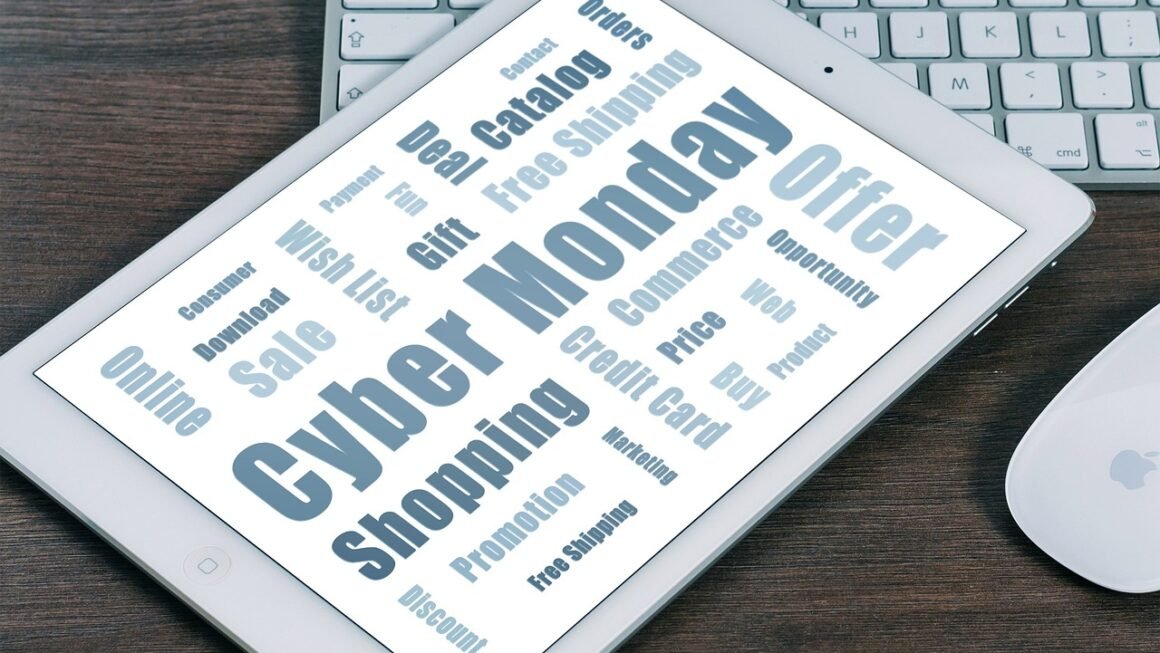In today’s fast-paced digital world, online payments are no longer a convenience; they are a necessity. From e-commerce giants to small businesses, accepting payments online is crucial for reaching a wider customer base and staying competitive. But navigating the world of online payment processing can be complex. This guide will break down everything you need to know about online payments, empowering you to make informed decisions for your business.
Understanding Online Payment Gateways
What is a Payment Gateway?
A payment gateway is essentially the middleman that securely transfers transaction information between your website or app and the payment processor. Think of it as the virtual cash register that verifies and authorizes customer payments online. Without a payment gateway, you wouldn’t be able to accept credit cards, debit cards, or other digital payment methods on your website.
- Key Functions:
Encryption of sensitive payment data.
Authorization of transactions with the customer’s bank.
Routing of payment information to the processor.
Providing real-time transaction status updates.
Popular Payment Gateway Options
Choosing the right payment gateway depends on factors like your business size, transaction volume, and specific integration needs. Here are a few popular options:
- PayPal: A widely recognized and trusted payment gateway, suitable for both small businesses and larger enterprises. PayPal offers various integration options and supports a global customer base.
- Stripe: Known for its developer-friendly API and flexible integration options, Stripe is a popular choice for businesses looking for a customizable payment solution.
- Authorize.Net: A long-standing and reliable payment gateway, offering a range of features including fraud detection tools and recurring billing capabilities.
- Square: While primarily known for its POS systems, Square also provides online payment processing solutions, making it a convenient option for businesses that also have physical locations.
- Example: A small online clothing boutique might opt for PayPal initially due to its ease of setup and brand recognition. As their business grows and they require more customized integration, they may transition to Stripe.
Costs Associated with Payment Gateways
Understanding the cost structure is crucial for budgeting and maximizing profitability. Common fees include:
- Transaction Fees: A percentage of each transaction, typically ranging from 1.5% to 3.5% plus a fixed fee per transaction (e.g., $0.30).
- Monthly Fees: Some gateways charge a fixed monthly fee for access to their services.
- Setup Fees: Some gateways may charge a one-time setup fee to get started.
- Chargeback Fees: Fees charged when a customer disputes a transaction.
- Tip: Compare pricing structures carefully and consider your anticipated transaction volume to determine the most cost-effective option.
Security Considerations for Online Payments
PCI DSS Compliance
Payment Card Industry Data Security Standard (PCI DSS) compliance is a set of security standards designed to protect cardholder data. Any business that accepts, processes, stores, or transmits credit card information must comply with PCI DSS.
- Why is it Important?
Protects your business from data breaches and fraud.
Builds trust with customers.
Avoids hefty fines and penalties for non-compliance.
- Example: Using a PCI DSS compliant payment gateway like Stripe or Authorize.Net significantly simplifies your PCI DSS compliance efforts, as they handle the secure processing and storage of cardholder data.
Implementing Security Best Practices
Beyond PCI DSS compliance, there are several other security best practices you should implement:
- SSL Certificates: Use Secure Sockets Layer (SSL) certificates to encrypt data transmitted between your website and the customer’s browser. Look for HTTPS in the URL.
- Fraud Detection Tools: Utilize fraud detection tools provided by your payment gateway or third-party providers to identify and prevent fraudulent transactions.
- Address Verification System (AVS): Verify the customer’s billing address with the address on file with their credit card issuer.
- Card Verification Value (CVV): Require customers to enter the CVV code on the back of their card to verify that they have physical possession of the card.
- Regular Security Audits: Conduct regular security audits to identify and address potential vulnerabilities in your payment processing system.
Integrating Online Payments into Your Website
Choosing the Right Integration Method
The integration method depends on your website platform and technical expertise. Common options include:
- Hosted Payment Pages: The customer is redirected to the payment gateway’s secure server to enter their payment information. This option is easier to implement and reduces your PCI DSS compliance burden.
- Direct API Integration: Your website directly communicates with the payment gateway’s API. This option offers greater control and customization but requires more technical expertise and increases your PCI DSS compliance responsibility.
- E-commerce Platform Plugins: Most e-commerce platforms like Shopify, WooCommerce, and Magento offer pre-built plugins or extensions that simplify the integration process.
- Example: If you are using WordPress with WooCommerce, you can easily install a Stripe or PayPal plugin to integrate online payments into your store.
Optimizing the Checkout Process
A smooth and user-friendly checkout process is crucial for reducing cart abandonment and maximizing conversions.
- Best Practices:
Keep it simple: Minimize the number of steps required to complete a purchase.
Offer multiple payment options: Provide customers with a variety of payment methods, including credit cards, debit cards, and digital wallets.
Display security badges: Show security badges and trust seals to reassure customers that their payment information is secure.
Provide clear instructions: Clearly explain the checkout process and provide helpful error messages.
Mobile optimization: Ensure that your checkout process is optimized for mobile devices.
- Tip: A/B test different checkout page layouts and payment options to identify what works best for your customers.
Alternative Payment Methods
Digital Wallets
Digital wallets like Apple Pay, Google Pay, and Samsung Pay are becoming increasingly popular. They offer a convenient and secure way for customers to pay online.
- Benefits:
Faster Checkout: Customers can complete transactions with a single tap.
Enhanced Security: Digital wallets use tokenization, which replaces sensitive card information with a unique token.
Increased Conversion Rates: Offering digital wallets can increase conversion rates by simplifying the checkout process.
Buy Now, Pay Later (BNPL)
BNPL services like Klarna, Affirm, and Afterpay allow customers to split their purchases into installments.
- Benefits:
Increased Sales: BNPL can make purchases more affordable, leading to increased sales.
Wider Customer Base: BNPL can attract customers who may not be able to afford to pay for purchases upfront.
Higher Average Order Value: Customers may be more likely to purchase larger items when they can pay in installments.
- Example: An online furniture store might offer Klarna or Affirm to allow customers to pay for expensive furniture pieces in installments, making it more accessible and boosting sales.
Cryptocurrency
While still relatively niche, accepting cryptocurrency as payment can appeal to a specific customer segment and offer certain advantages, such as lower transaction fees in some cases. However, it also comes with added complexity due to price volatility and regulatory considerations.
Conclusion
Navigating the landscape of online payments can seem daunting, but by understanding the key components – payment gateways, security protocols, integration methods, and alternative payment options – you can create a secure, efficient, and customer-friendly payment experience. Prioritizing security and convenience will not only protect your business and your customers but also contribute to increased sales and customer loyalty in the long run. Remember to stay informed about the latest trends and regulations in the online payment space to ensure you’re always offering the best possible service.



